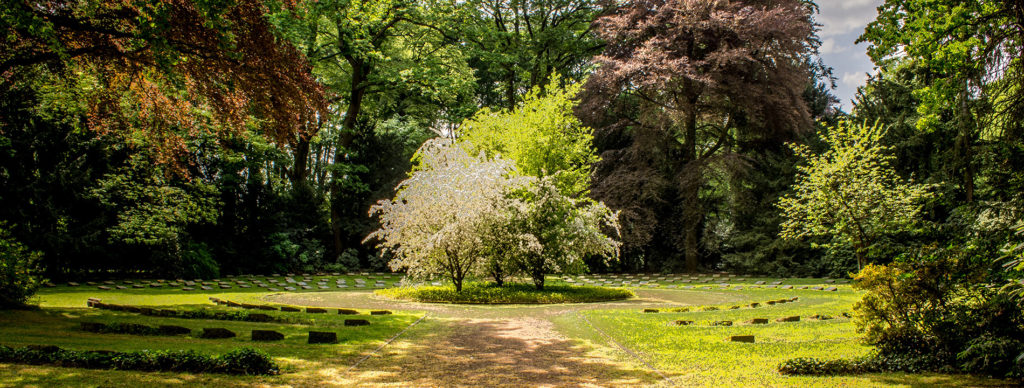Quite a few things, really—good things.
At Nature Sacred, we’ve honed a unique formula to infuse greenspaces into urban communities in the name of improved health, wellbeing and unity. At its core lies an ethos centered around being “open”. And let’s face it, the term open is a bit, well, open.
Let’s put a finer point on what we mean.
Physically Open
Every Sacred Place must be designed to welcome all visitors—accessible to the public. No locked gates, buildings to pass through, or fences to serve as barriers; rather, we encourage at least one open portal to gladly receive visitors of all kinds. This portal could archway, a gate, a stand of trees, a pergola, or other marker—intended to invite people into a safe, sacred space in nature; apart from the everyday stress and fracas.
[ngg_images source=”galleries” container_ids=”8″ display_type=”photocrati-nextgen_basic_slideshow” gallery_width=”1200″ gallery_height=”500″ cycle_effect=”fade” cycle_interval=”10″ show_thumbnail_link=”1″ thumbnail_link_text=”Click for Thumbnails” slug=”Urgent-Biophilia-Nature-Sacred” order_by=”sortorder” order_direction=”ASC” returns=”included” maximum_entity_count=”500″]
A deeper meaning
Open also has a deeper meaning for our Sacred Places. It needs to be open to all people, regardless of race, gender, background, faith or culture—all are welcome. This is a driving principal behind all that we do. Sacred Places are meant to serve as a standing, open invitation to the public—anyone who may need a moment of respite, repose; or a safe place to regroup—and grow—individually or together as a community.
Sometimes our Sacred Places are integrated on the grounds of an organization—a church, a school, a cultural arts organization, for examples. Yet, they are designed still to welcome all visitors; to offer an openness that extends to individuals of all walks of life, regardless of the host organization’s affiliation.
What springs to life
Just as each space takes on a unique design of its own—intended to reflect and champion its community culture—so, too, does its activities. Its events and happenings. Often Sacred Places play host to individuals seeking solace and respite; or neighbors looking to celebrate, or mourn together; or to discuss pressing topics as a community. It welcomes groups of students; art programs; local event attendees of all kinds—the types of involvement vary wonderfully from space to space and day to day.
This is what we mean by ‘open’—in the truest sense of the word. Open minded. Open hearted. Open to new ideas. Open. In a world characterized by divisive language, crime and violence—what could possibly be more important to our cities and communities than offering a means to renew and come together in nature? Very little, we believe.
Enjoy this slideshow to get a sense of the kinds of activities that spring to life in our diverse, open, Sacred Places. Let us know if we can help you get started on creating one in your neighborhood!
[ngg_images source=”galleries” container_ids=”9″ display_type=”photocrati-nextgen_basic_slideshow” gallery_width=”1200″ gallery_height=”500″ cycle_effect=”fade” cycle_interval=”10″ show_thumbnail_link=”1″ thumbnail_link_text=”Click for Thumbnails” slug=”Urgent-Biophilia-Nature-Sacred” order_by=”sortorder” order_direction=”ASC” returns=”included” maximum_entity_count=”500″]
How To Be a Sacred Place series
Informed by 25 years of partnering with urban communities, we’ve strived to identify what truly works to help people and communities heal, thrive and unite—in meaningful, lasting ways.
We’ve synthesized this wealth of information into a handy infographic that shows us, at a glance, the core principles that distinguish our Sacred Places. The ethos that helps them succeed and evolve well into the future alongside their communities.
In this series, we’ll deconstruct our process—delving a bit deeper into each step along the way.

